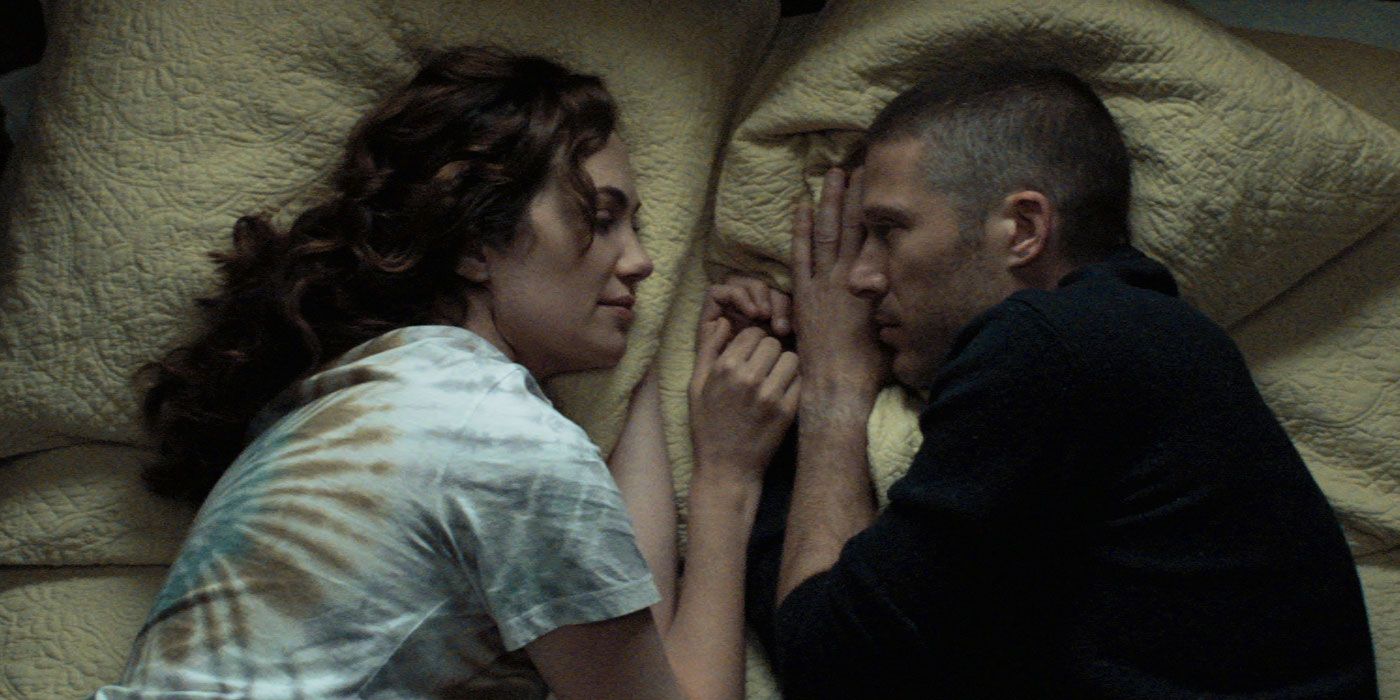Editor’s note: The below contains spoilers for The Midnight Club.The Midnight Club is all about death. By following a group of terminal patients living the last months of their lives in a hospice, series creators Mike Flanagan and Leah Fong explore the existential dread of contemplating the oblivion that awaits us at the grave. It’s no wonder that the characters of The Midnight Club hold tight to any kind of hope, sometimes with dire consequences for all. Through magical rituals and alternative healing routines, the young adults of Brightcliffe fight as they can against the terrible end that waits for them. At the same time, they vow to reach out from the other side after their time comes, to tell their friends that death is not the end and there’s no reason to be afraid. The Midnight Club is a beautiful exploration of how faith and hope make the weight of death bearable, and what could be a depressing watch, in the end, turns into a celebration of life, of enjoying the present moment with all our energy.
While The Midnight Club is a brilliant study of human mortality, this is not the first time Flanagan explores death on Netflix. Death is also at the core of all three previous series by Flanagan: The Haunting of Hill House, The Haunting of Bly Manor, and Midnight Mass. While every show Flanagan works on has its own goal and setting, they all echo the same concerns, and they all end with an optimistic message about embracing mortality.
In 2018, Flanagan became one of the biggest Netflix stars by asking what a ghost is. The Haunting of Hill House is a gripping story where family trauma and addiction haunt the characters and the shape of otherworldly apparitions. While the series builds up underlining how the ghosts we carry throughout our lives might be manifestations of wounds that refuse to heal, the payoff reveals how a ghost is, most of the time, what we wish to see. A ghost, in Flanagan’s recent work, is an incomprehensible force that scares us in the night — but once we gather the courage to face it, we realize ghosts have a surprisingly positive side to them. After all, if ghosts exist, our loved ones are never truly lost, and there’s more to life than a cold and lonely hole in the ground.
Flanagan took this cheerful perspective on ghosts one step further with The Haunting of Bly Manor, where a ghost story equals a love story. The sequel to Hill House tuned down the horror but delivered a masterfully-crafted romance infused with the supernatural. And when the credits rolled, we couldn’t stop crying, thinking how a ghost is a memory, a secret, and the wish never to let go of the people who make life worth living. The Haunting series is filled with bone-chilling moments, but if they endure the passage of time it is because they talk about our universal anguish when the subject is death. The Midnight Club rescues this motif by leading its group of terminal patients into an eternal ghost hunt, and when death is so close, any sign is interpreted as proof there’s still hope, and love, after the body turns to dust.
Even though Midnight Mass doesn’t have any ghosts, the series is also grounded on discussions of mortality. Midnight Mass imagines a priest (Hamish Linklater) who becomes a vampire and contemplates eternal life. It also follows a convicted atheist (Zach Gilford) trying to make peace with the shortcomings of life without the support of faith. The series could have become a cynical defense of rational thinking. Instead, it tries to look for what unites us all, believers or not, emphasizing how both faith and earthly addictions are usually crutches we pick up along the way to deal with the fact that death is scary. Terrifying, actually. And without a safety net to hold us, we would crumble down in despair. Once again, Midnight Mass ends on a high note, as it begs people to embrace life and accept death is just a natural threshold we’ll all cross someday. And this fact doesn’t make life any less meaningful.
The Midnight Club is another excellent addition to Flanagan’s spotless body of work. But if the series can be so successful in dealing with complex subjects such as suicide and drug abuse, it’s because Flanagan has been sharpening his exploration of death over the years. So, while the new show stands on its own and can be thoroughly enjoyed by people who didn’t watch Flanagan’s previous series, it’s remarkable to notice how The Midnight Club echoes the filmmaker’s optimistic and complex perspective of death.
The Midnight Club is available right now on Netflix.


